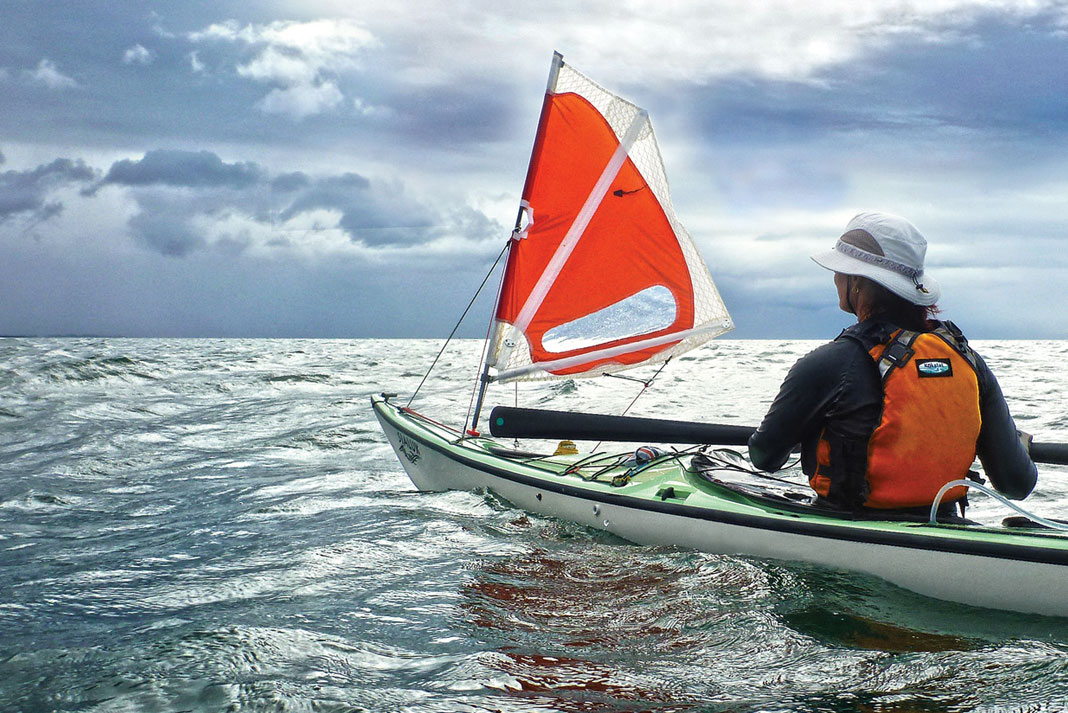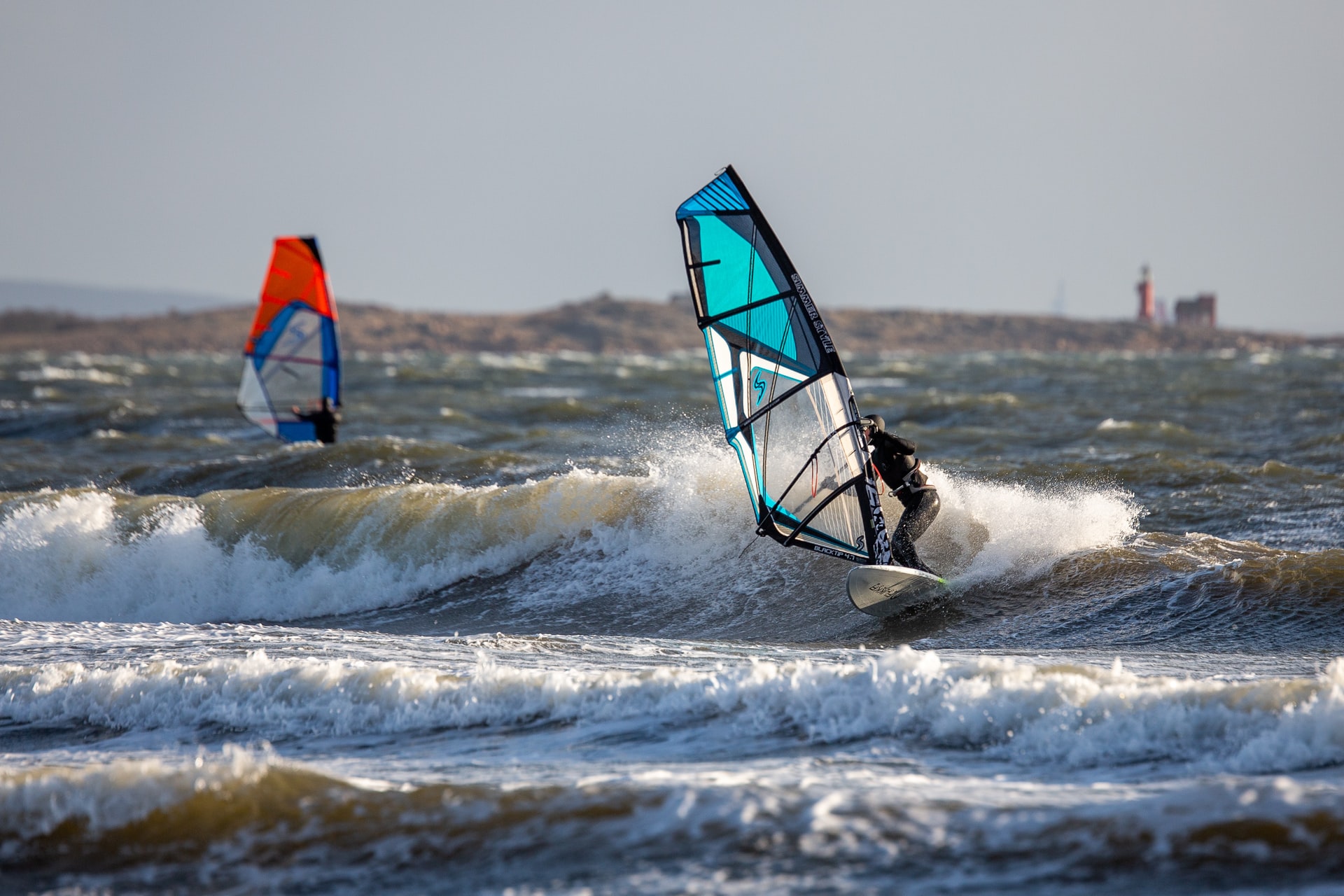
- Alabama
- Alaska
- Arizona
- Arkansas
- California
- Colorado
- Connecticut
- Delaware
- Florida
- Georgia
- Hawaii
- Idaho
- Illinois
- Indiana
- Iowa
- Kansas
- Kentucky
- Louisiana
- Maine
- Maryland
- Massachusetts
- Michigan
- Minnesota
- Mississippi
- Missouri
- Montana
- Nebraska
- Nevada
- New Hampshire
- New Jersey
- New Mexico
- New York
- North Carolina
- North Dakota
- Ohio
- Oklahoma
- Oregon
- Pennsylvania
- Rhode Island
- South Carolina
- South Dakota
- Tennessee
- Texas
- Utah
- Vermont
- Virginia
- Washington
- West Virginia
- Wisconsin
- Wyoming
Kayak With A Sail: Full Kayak Sail Guide
how to sail a kayak
Kayaking is a popular pastime that allows people to explore the outdoors and enjoy the beauty of nature. But have you ever wondered what it would be like to combine the excitement of kayaking with the thrill of sailing? Introducing the kayak sail – a game-changing accessory that can take your kayaking experience to the next level. In this article, we'll be providing a comprehensive guide on how to kayak with a sail, including everything from the basics of using a kayak sail to advanced tips and tricks.
Understanding the Basics of Kayak Sailing
Why Use A Sail On My Kayak?
Before diving into the world of kayak sailing, it's important to understand the basics of how it works. A kayak sail is a small sail that attaches to the back of a kayak and allows the kayaker to harness the power of the wind to propel the kayak forward. The sail is typically made of lightweight materials such as nylon or polyester and is designed to be easy to set up and use.
When using a kayak sail, the kayaker sits in the usual position, paddling with a double-bladed paddle while the sail catches the wind and propels the kayak forward. Kayak sailing is a great way to cover longer distances and can help to reduce the effort required to paddle.
Choosing the Right Kayak Sail for You
Disadvantages
Not all kayak sails are created equal, and choosing the right sail for your needs is essential for a successful kayaking experience. There are several factors to consider when choosing a kayak sail, including size, shape, and material.
Size is an important factor to consider as it determines how much wind the sail can catch and how much propulsion it can provide. A larger sail will be able to catch more wind, but it may also be more difficult to control. A smaller sail, on the other hand, will be easier to control but may not provide as much propulsion.
Shape is also an important factor to consider. Traditional sails are triangular in shape, while newer designs often feature a square or rectangular shape. Triangular sails are typically easier to control, but square or rectangular sails may be more efficient in catching the wind.
Material is another important factor to consider when choosing a kayak sail. Nylon and polyester are the most common materials used in kayak sails, but other options such as mylar or dacron may also be available. Nylon and polyester are lightweight and durable, making them a great choice for kayak sailing.
Setting Up and Using Your Kayak Sail
Once you've chosen the right kayak sail for you, it's time to set it up and start using it. Setting up a kayak sail is relatively straightforward and can typically be done in a matter of minutes.
The first step is to attach the sail to the kayak. Most kayak sails come with straps or clips that can be used to attach the sail to the back of the kayak. Once the sail is attached, you'll need to adjust the tension on the sail to ensure that it is properly set up.
Once the sail is set up, it's time to start kayaking with it. When using a kayak sail, it's important to remember to always keep an eye on the wind direction. You'll also need to use the paddle to steer the kayak, as the sail does not provide any steering capability.
Advanced Tips and Tricks for Kayak Sailing
If you're looking to take your kayak sailing to the next level, there are several advanced tips and tricks that you can use to improve your experience.
One important tip is to use the wind direction to your advantage. By paying attention to the wind direction and adjusting the sail accordingly, you can maximize the amount of propulsion that the sail provides. Additionally, by learning how to tack and jibe, you can use the wind direction to navigate through different areas and reach your destination faster.
Another tip is to practice your kayak sailing in different conditions. Kayak sailing can be challenging in different weather conditions, such as strong winds or choppy waters. By practicing in different conditions, you can learn how to handle different situations and become a more confident and skilled kayak sailor.
Lastly, consider taking a kayak sailing class or workshop to learn from experienced instructors and pick up additional tips and tricks.
In conclusion, kayak sailing is a fun and exciting way to experience the outdoors and add an extra dimension to your kayaking adventures. By understanding the basics, choosing the right kayak sail, setting it up and using it correctly, and learning advanced tips and tricks, you can master the art of kayak sailing and make the most out of your kayaking experience.
The Best 5 Kayaks Sails And Kits
Scouting Sail using WindPaddle
- 42 inches in diameter when deployed, and 15 inches overall (folded)
- Area: 9.62 square feet
- Twelve ounces is the weight.
The WindPaddle Scout Sail is a sail with a circular form intended for usage in winds ranging from 4 to 18 knots and can be purchased from WindPaddle. Beginners can use it since it is simple to operate and can be controlled with a single steering line, making it simple for you to also hold onto your paddle.
Due to its circular shape, this sail works best when sailing with the wind at your back. If your vessel is between 8 and 15 feet long, you should make good time with this sail. The convenient window in the middle of the sail lets you see where you are going. It features mounting clips that allow you to attach it to bungees, handles, D-rings, and a wide variety of other locations on your boat. It also mounts directly to the bow of your watercraft. In addition, you can easily set it up on the water, which can be folded up when it is not used.
Kit Includes Both An Upwind Kayaks Sail And A Canoe Sail For The Harmony
- The length is 12 feet.
- 6.67 feet is the width (at boom)
- Area: 40 square feet
- The scale reads 22 pounds.
The Harmony Upwind Kayak and Canoe Sail Kit are adaptable to both canoes and kayaks, allowing for more versatile use. This sail has a sail area of 40 square feet, which means that it should be perfect for bigger kayaks and canoes since it should be able to collect more of the strength of the wind than a sail with a smaller sail area.
It's a sail in the shape of an L, much like the sails you'd see on conventional sailboats or sailing yachts. When sailing against a headwind, the boom may come in handy because it allows you to change the position of the sail. Because the mast is telescopic, it may be collapsed into a more compact size, making it easier to store or carry. This package also includes outriggers, which may provide your vessel with additional support, and a sail that can be easily attached to the bow of your boat with only one screw. Both of these features are included as standard. More experienced kayak sailors may find it to be the perfect sail.
Advanced Elements Rapid Up Sail
- Thirty-six inches is the length.
- Fifty-nine inches is the width.
- The weight is two pounds.
This Rapid Up Sail from Advanced Elements is designed in the shape of a circle with a V-shaped element in the middle. Versatility makes it suitable for various canoes and kayaks. Because of its oval form, when it is deployed, it creates a V-shaped effect. It is meant to function better with the narrow form of kayak decks and might be beneficial on inflatable kayaks and rugged shell boats because of how it is shaped.It enhances visibility by providing a clear window in the middle and two smaller glass portions on either side of the item. It is recommended that you utilize the sail when paddling towards the wind so that the wind may press against it and provide a helping hand while also allowing you to move more quickly. On the other hand, it should not be employed in situations with a headwind. As its name would imply, this sail is intended to be set up in a hurry by using the spring frame included in its construction.It comes with adjustable attachments that may be used on a variety of canoes and kayaks, and it also can be attached to other kinds of boats. Also, it's easy to use, making it an excellent choice for those new to kayak sailing. When not used, the sail may be folded into a compact size and stowed away on the deck for convenience. It makes it easy to deploy the sail whenever you need it.
WindPaddle 47" Adventure Sail
Things we like:
- 100 Nylon
- We've upgraded and increased the size of our BEST SELLING sail to 47'. With 25% more power, this sail is intended for the serious sea-kayaker but can be used on any boat by anyone. Attaches instantly to existing boat hardware.
- The NEW 'Adventure' sail is built tough with a new flatter profile, resulting in more sail stability, resulting in less sail adjustments in changing wind directions. The sturdy/unbreakable batten maintains sail shape in high wind conditions.
- Target boat – Most any boat will sail better with the New Adventure 47' sail, but was designed for Touring and Expedition boats 14 – 18 feet. Target wind range: 5 – 30 knots. Target paddler: Beginner to expert. Comes with thicker control lines.
- Tech corner: Adventure Deployed diameter - 47'. Coiled/folded diameter - 16' Sail area - 12 sq. ft. Weight - 16 oz. Wind Range: 4-30+ knots of wind. (2-6 BFT)
- The NEW Adventure 47' is more stable because the depth has been taken out of the sail shape, tolerating more wind angles, resulting in less sail adjustments. It can be set up for instant self-launching either before sailing or while out on the water.
Things we don't like:
- The Adventure sail may be too large and powerful for beginners or inexperienced sailors.
- 47 inches when deployed, 16 inches when not deployed (folded)
- Area: 12 square feet
- Sixteen ounces is the weight.
As a result of the fact that this WindPaddle Adventure Sail is intended for canoes and kayaks measuring between 14 and 18 feet in length, it can be an excellent choice for a wide variety of touring canoes and kayaks. Although it was developed for winds ranging from 5 to 30 mph, it may be more effective for sailing against the wind.
The circular sail has a window cut out in the middle to provide an enhanced vision of what's in front of you. Canoeists and kayakers of all skill levels can utilize it. However, sea kayakers with higher expertise are the primary audience for this product. Clips that may be fastened to a seat or bungee cords can be used to attach the WindPaddle sail to the bow of most types of kayaks and canoes. In addition, it has one control line, making it more straightforward to operate even when holding your paddle.
Hobie Kayak Sail Kit
- One hundred twenty-three inches is the total length.
- Area: 20.25 square feet
- Weight: 16.4 kilograms
The Hobie Kayak Sail Kit was developed especially for the Mirage and Pro Angler ranges of Hobie kayaks, including tandems. These kayaks typically have a designated mounting point that allows you to install the mast. The Hobie Kayak Sail Kit includes everything you need to set up and sail your Hobie kayak. On the other hand, it does not function properly with inflated yaks.
When sailing, the pedal drive fins that come standard on Mirage kayaks can contribute to the creation of stability in the water as well as additional resistance. The kayak sail kit consists of a two-piece mast that does not include a boom and features a furling hook that allows the mast to be folded up when it is not in use.
While you drive with the other hand, you may use the other hand to regulate the direction the sail is facing. In addition, it has transparent glass located at the foot of the sail to enhance your field of vision while you are out on the sea. Rolling it up or folding it down makes it more portable, and a storage bag is included.
Frequently Asked Questions
What is a kayak with a sail called?
With a ruddered kayak, you can steer with your feet while working the sail with your hands. Using a paddle to steer a non-ruddered kayak downwind is possible, but this is less efficient and makes sailing across the wind more difficult.
What is the effectiveness of kayak sails?
A kayak sail can be very useful on long paddling trips and multi-day trips, especially if you're in a sea kayak or touring kayak. When you have a bit of a breeze or light winds that can help you over the water, they can be ideal for open-water kayaking or canoeing.
What is the maximum speed of a sailing kayak?
It is often the case that paddle sailors go faster and a lot further with less effort. Experienced kayak sailors regularly report steady eight mph and sometimes 12 mph surges at the fast end. 99% of kayakers can't paddle this fast, while most small sailboats can't go this fast.
Is it possible to convert a kayak into a sailboat?
You can sail your kayak into the wind, cross the wind, or sail downwind with the Any Kayak sail kit. There is no need for your kayak to have its rudder because the steering is provided. No drilling is required to install the straps on your kayak.



![Best Kayak Outriggers For Max Stability [2026]](https://shared-bucket-websites.s3.amazonaws.com/KayakOutriggers-1669763485167)







